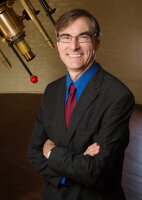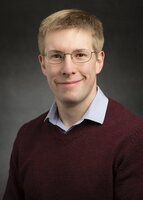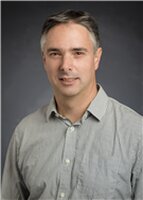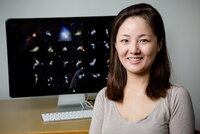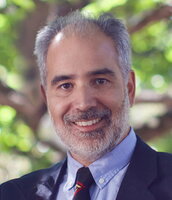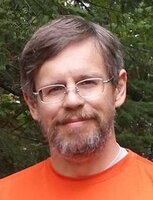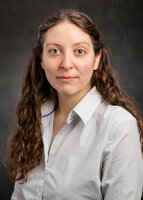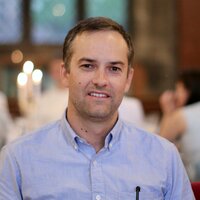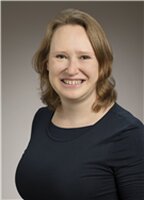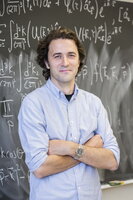
Cosmology
Cosmology explores the origin and structure of the Universe to reveal the basic constituents of nature.
Research Highlights
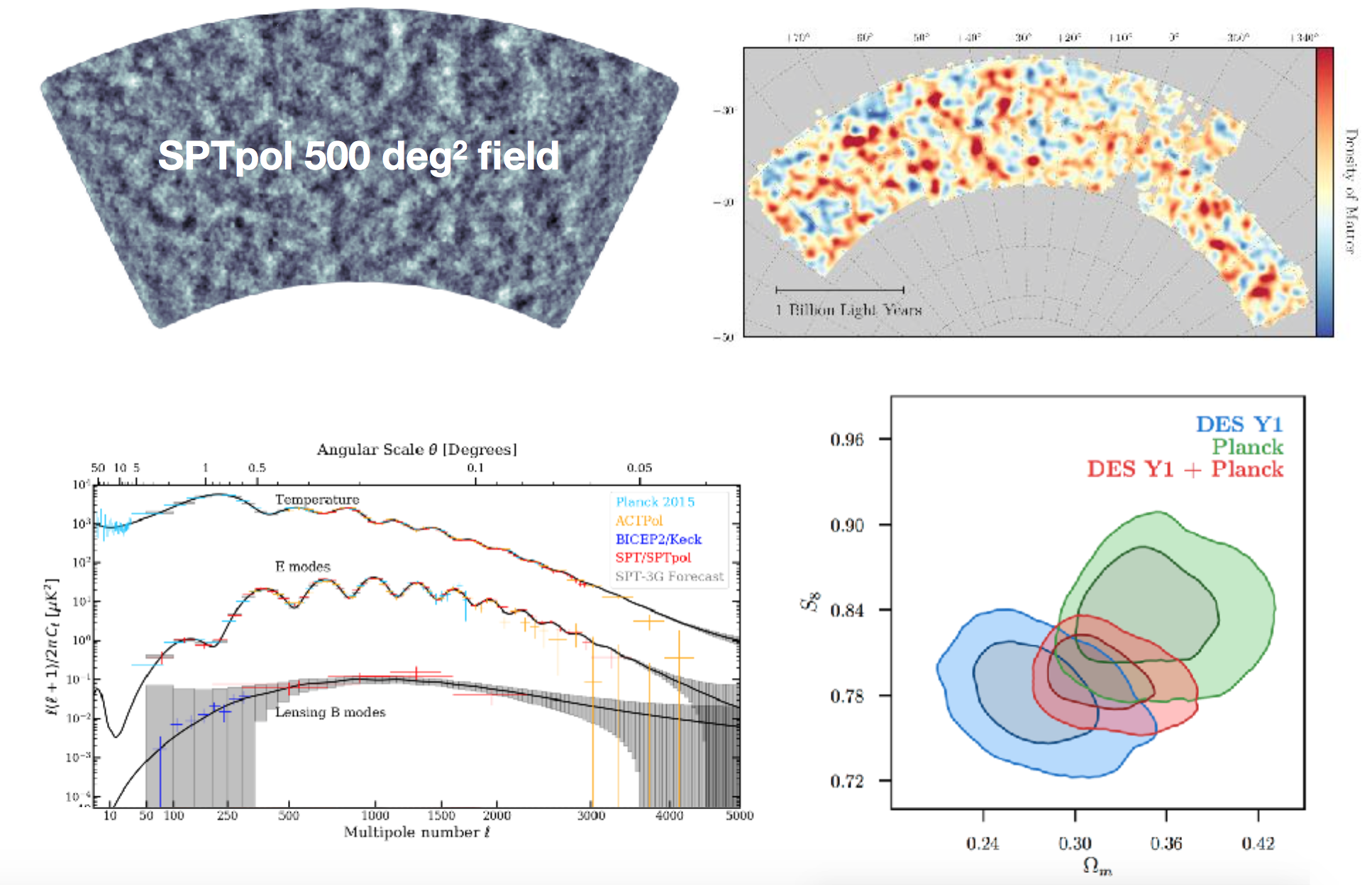
CMB, SZ Effect, and Strong Lensing
The South Pole Telescope (SPT), a 10-meter mm-wave telescope located at the geographic south pole, has been one of the premier cosmological experiments of the last decade. With SPT, we made the first sensitive measurements of the CMB small-scale anisotropies, constrained cosmological parameters, made the first discovery of galaxy clusters via the Sunyaev-Zel'dovich Effect, discovered high-redshift strongly lensed galaxies, and measured CMB lensing B- modes for the first time. We have now deployed the third-generation camera for the SPT and are analyzing the data.
Links to research groups and facilities: Joaquin Vieira, SPT
PRIMORDIAL GRAVITATIONAL WAVES
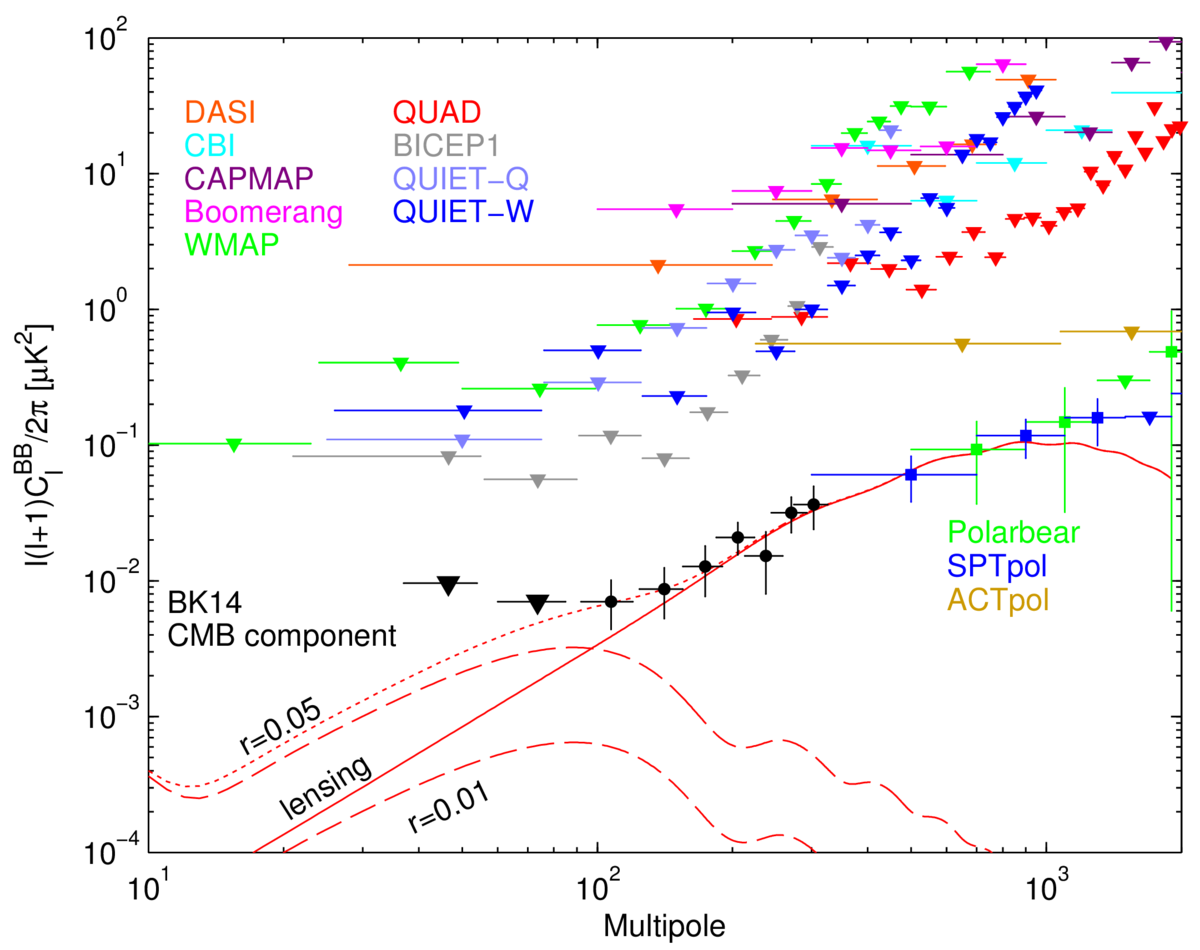
An epoch of rapid expansion in the early universe, known as “inflation”, is thought to have set the stage for the evolution of cosmic structure. This process should also have seeded the universe with a faint hum of primordial gravitational waves, undetectable today but visible as a faint pattern in the polarization of the cosmic microwave background (CMB). Illinois collaborates on instrumentation and data analysis for leading teams seeking to constrain this elusive signature from the South Pole (BICEP) and stratospheric balloons (SPIDER), as well as on future efforts to probe fundamental physics with novel low-temperature detector technology.
Links to research groups and facilities: Jeffrey Filippini, SPIDER
Primordial Nucleosynthesis and Particle Dark Matter
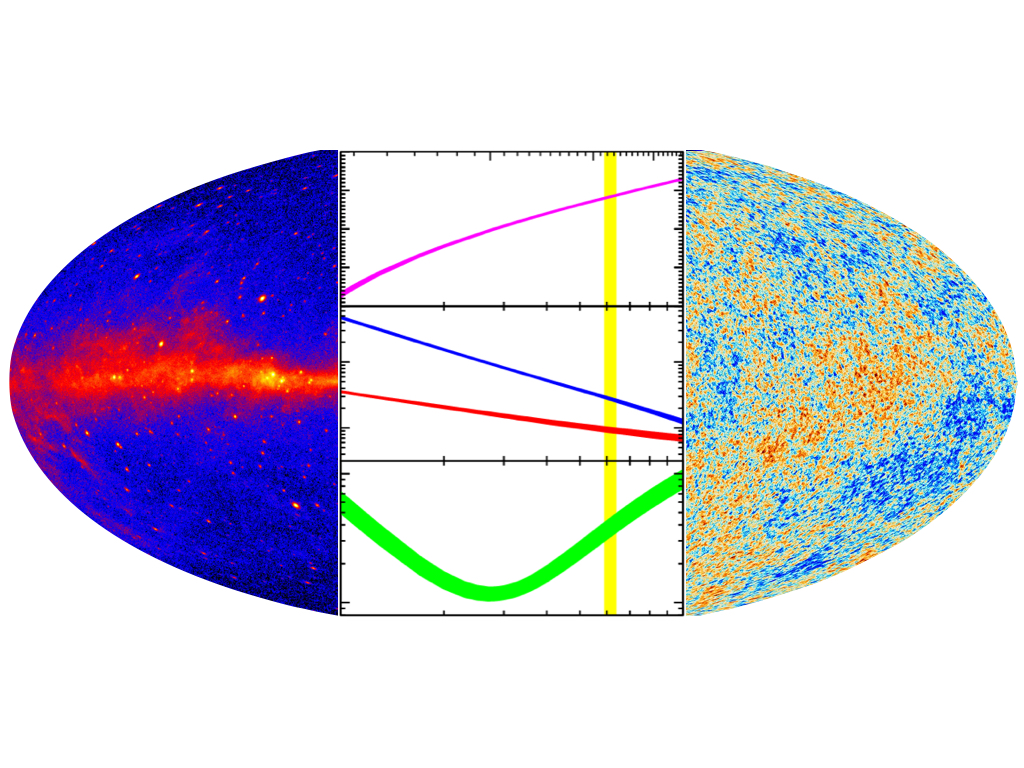
The lightest and most abundant elements in the universe were forged from a primordial soup of subatomic particles during the first three minutes of cosmic time. Our group performs state-of-the-art calculations of the primordial abundances of the elements. By combining these theoretical predictions with astronomical observations of light elements and of the cosmic microwave background radiation, we wield the earliest reliable probe of the cosmos. At even earlier times, even higher-energy interactions likely gave rise to exotic particles that gave rise to dark matter today. We use primordial nucleosynthesis and other astrophysical observations to probe dark matter particle physics.
Links to research groups and facilities: Brian Fields
Faculty working in Cosmology




